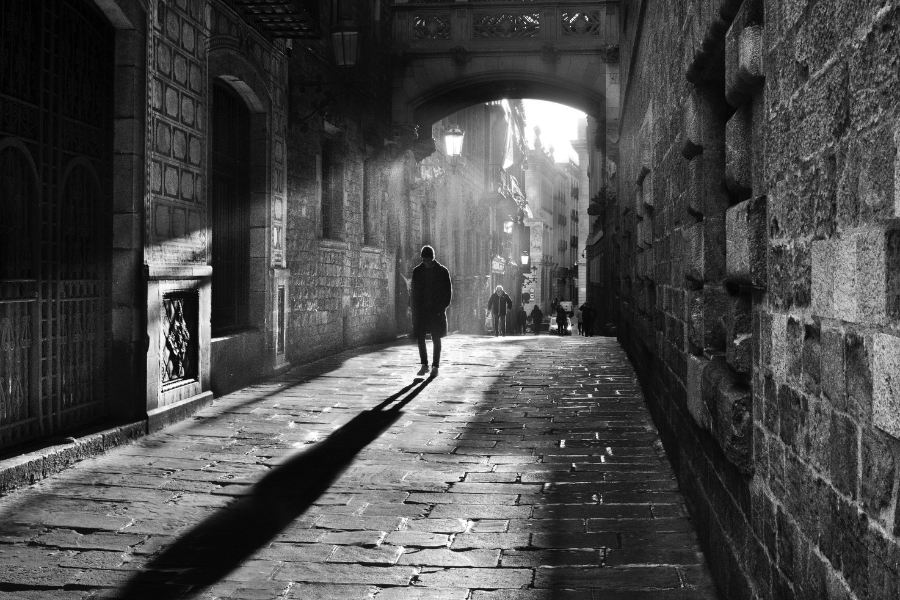As photographers, we take pride in our ability to capture stunning images that convey emotion, perspective, and beauty. But what happens when you go beyond technical perfection to create photographs with a purpose? Stories can be told through traditional means like words or illustrations — but photography adds an unparalleled layer of immediacy and intensity. Storytelling with pictures is not only an incredibly powerful way to capture and share the world around us — it’s a skill that every serious photographer should strive to master. In this article, we’ll explore the importance of storytelling in photography and discuss tips for leveraging your skills as a storyteller behind the lens.

Introduction: The Timeless Art of Telling Stories through Photos
In the world of visual communication, photography holds a distinctive place, transcending the confines of language and culture. Much like a compelling novella or a stirring sonnet, a well-composed photograph can narrate a story, provoke introspection, and stir emotions.
Storytelling in photography is an art form that requires not just technical prowess but also a keen understanding of the narrative you want to convey. At its core, it’s about capturing moments that, when pieced together, reveal a larger story. This story could be a celebration of everyday life, an exploration of societal issues, or a chronicle of personal growth, among many other themes.
The importance of storytelling in photography cannot be overstated. It forms the heart and soul of a photograph, turning simple snapshots into rich visual narratives. A single image, with the right composition, lighting, and emotion, can tell a thousand-word story.
As photographers, we’re not just capturing pretty scenes or perfect portraits. We’re visual narrators, using our lenses to communicate narratives that words cannot sufficiently express.
Exploring Genres: How Storytelling Shapes Different Types of Photography
Whether we’re focusing on portrait, landscape, documentary, or street photography, the power of narrative drastically alters the impact and depth of each image. The elements of storytelling add layers of meaning, transforming each photograph from a simple snapshot into a captivating tale. Let’s explore how storytelling breathes life into various genres and allows us to communicate more than just visual aesthetics.
Storytelling in Portrait Photography
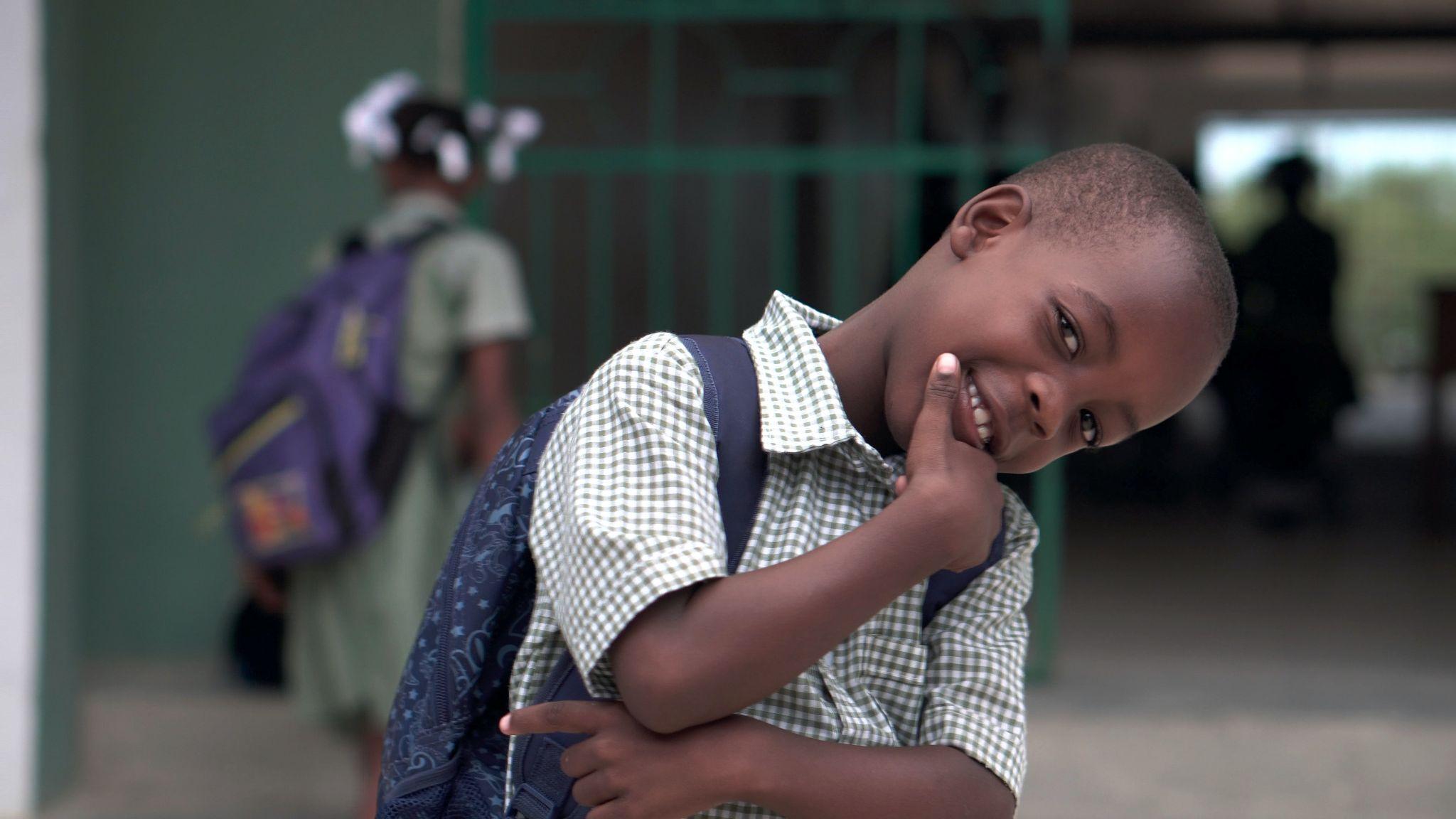
In portrait photography, storytelling becomes a deeply personal endeavor, blending the face, the pose, and the setting to create an intimate narrative about the subject. It’s not just about capturing the model’s physical attributes, but rather, the character and the spirit of the individual. Subtle details — like a candid smile, a thoughtful gaze, or a pair of weathered hands — can speak volumes about the person, their dreams, their hardships, and their triumphs.
Storytelling in Landscape Photography
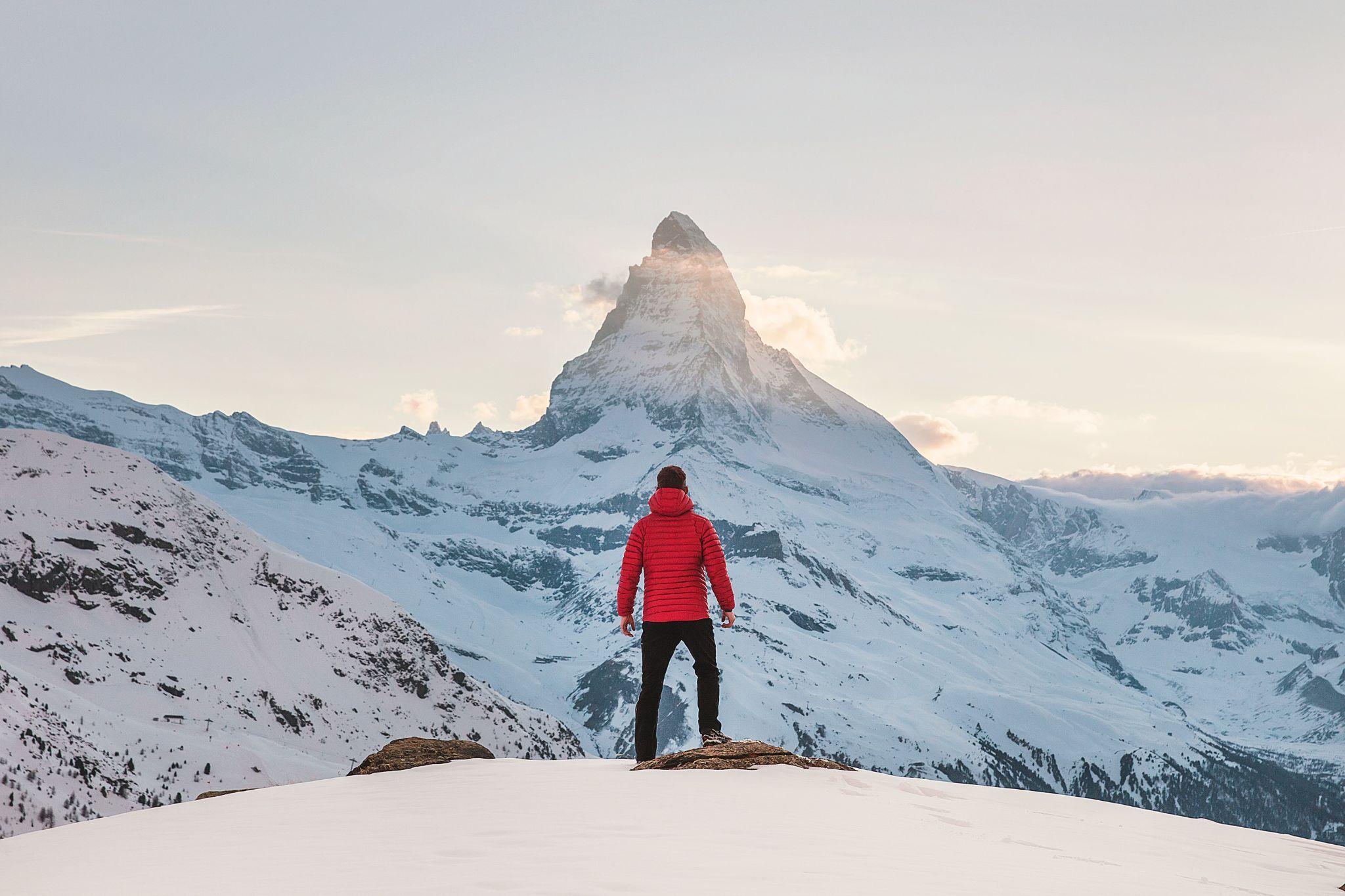
Landscape photography, on the other hand, empowers us to narrate the majesty and the mystery of the natural world. It’s about more than just showcasing the grandeur of a pretty scene — it’s about weaving a narrative that reveals the scenery’s relationship with the elements, the time of day, and even the changing seasons. The images can evoke a sense of wonder, solitude, or insignificance in the face of nature’s vastness, which are all strong narratives of their own.
Storytelling in Documentary Photography
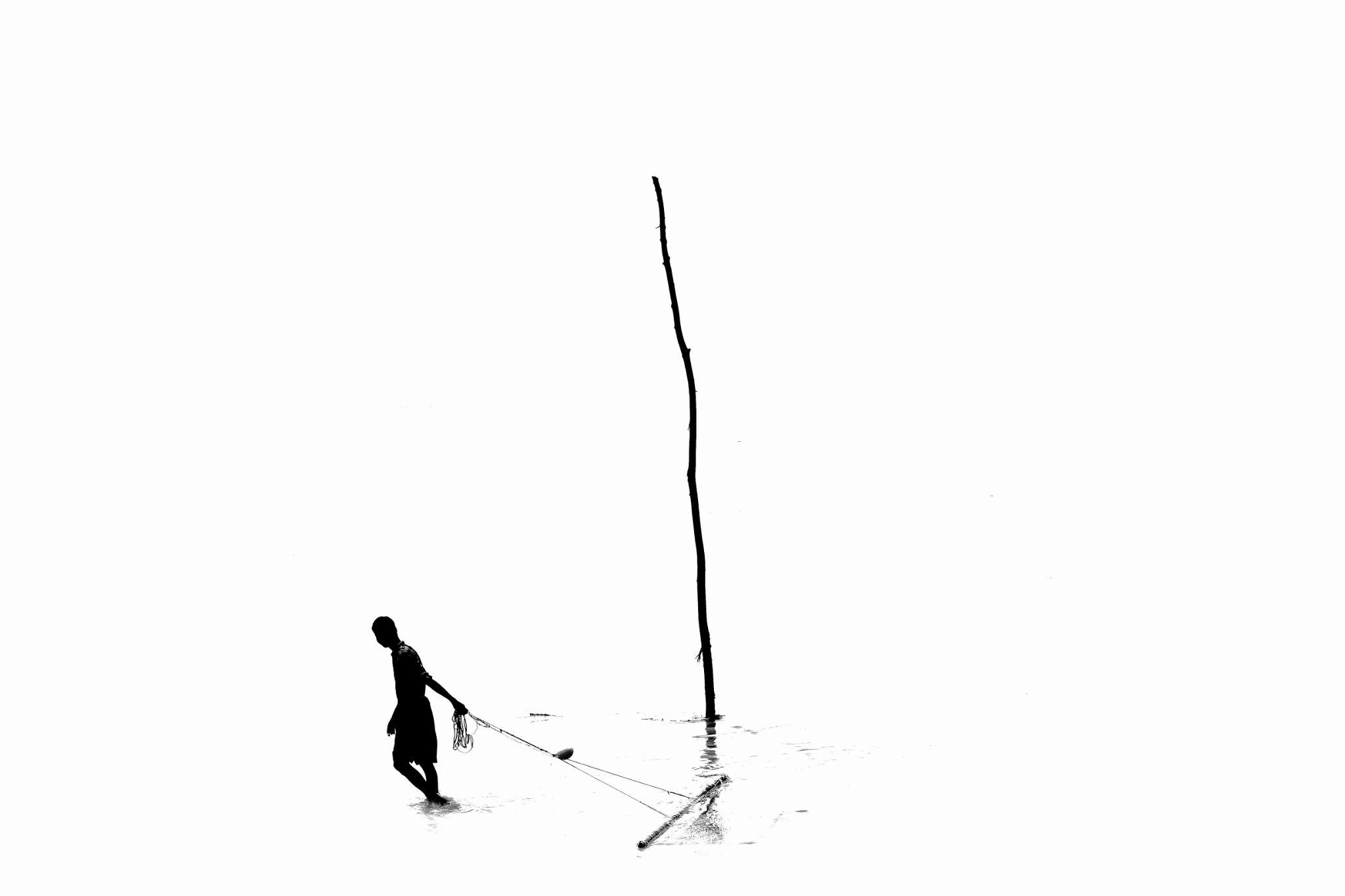
Documentary photography is a genre where storytelling is inherently at its core — its main purpose is to chronicle events, people, places, or issues to inform and engage the audience. Each image serves as a testament to a moment in history, capturing the raw emotion and reality of the situation. This form of photography often tackles serious themes, such as social justice, environmental issues, or cultural phenomena, providing compelling visual evidence that prompts viewers to think and act.
Storytelling in Street Photography

Lastly, street photography, a genre known for its spontaneity, thrives on the art of storytelling. By capturing candid, unmediated encounters and random incidents within public places, street photography tells the everyday tales of life in the city. It’s the fleeting interactions, the unexpected juxtapositions, and the ordinary moments that, when framed in a certain way, become extraordinary. Each snapshot is a slice of life, a single frame in the ongoing narrative of human existence.
While we’ve discussed storytelling in portrait, landscape, documentary, and street photography, it’s important to note that storytelling weaves its magic in other genres as well.
Every type of photography presents a unique avenue for storytelling. Wildlife photography, for instance, invites viewers into the raw and untamed world of animals, while sports photography captures the thrill and tension of competition. Architectural photography can reveal the character and history of a building, and fashion photography can unfold a narrative around style, attitude, and societal trends.
Every genre of photography offers an opportunity to share stories, evoke emotions, and connect with audiences on a deeper level.
Crafting the Narrative: Techniques for Effective Storytelling
As we delve deeper into the art of storytelling in photography, it’s key to understand the specific techniques that enable us to weave compelling narratives into our images. Much like a playwright staging a scene or a novelist crafting a plot, photographers utilize various techniques to guide the viewer’s eye, evoke emotions, and ultimately tell a story. Let’s explore several components that serve as the building blocks for effective storytelling in photography.
Composition: The Building Blocks of Your Visual Story

Mastering the art of composition is akin to a writer perfecting their prose. It’s the arrangement of elements within a frame that guides the viewer’s eye and contributes meaningfully to your narrative. Rule of thirds, leading lines, frames within frames, and the use of negative space are all powerful compositional techniques that can help structure your visual story. These techniques can direct attention, create balance, and add depth to your image, giving it more substance and appeal.
Lighting: Setting the Mood of Your Story

Lighting is another fundamental aspect of storytelling in photography. It’s a versatile storyteller, setting the mood, creating contrast, and highlighting key elements in your frame. The quality, direction, and color of light can dramatically alter the narrative of your image. For instance, harsh, direct sunlight may evoke feelings of intensity or reveal stark realities, while soft, golden hour light often imparts a dreamy, romantic vibe. By understanding and manipulating light, you can create a myriad of emotions and atmospheres in your photography.
Perspective: Offering a Unique Angle to Your Story
Perspective is all about your unique viewpoint — the angle from which you decide to capture your subject. It can significantly impact the narrative and the emotional resonance of your image. An elevated, bird’s-eye view may present a detached, omniscient perspective, while a ground-level shot can create intimacy, immersing viewers into the scene. Experiment with different perspectives, and let your choice of angle add a unique flavor to your photographic story.
Creating a Series: Weaving a Larger Narrative
Beyond individual images, consider telling your story through a series of photographs. A photo series allows you to delve deeper, exploring various facets of your theme or subject over multiple frames. Much like chapters in a book, each image can stand alone while contributing to a larger narrative. Whether it’s a sequential series documenting a journey or an eclectic collection of thematic images, a well-curated photo series can create a compelling visual narrative that resonates with viewers.
In every photograph we take, there lies an opportunity to tell a story. By mastering these techniques — composition, lighting, perspective, and creating a series — we can elevate our images from simple snapshots to powerful narratives.
Through the Lens: Analyzing Successful Storytelling Examples
Let’s dive into some historical instances of storytelling in photography, instances where the artist has masterfully used the elements at their disposal to create impactful narratives and create change.
Dorothea Lange’s “Migrant Mother” (1936)
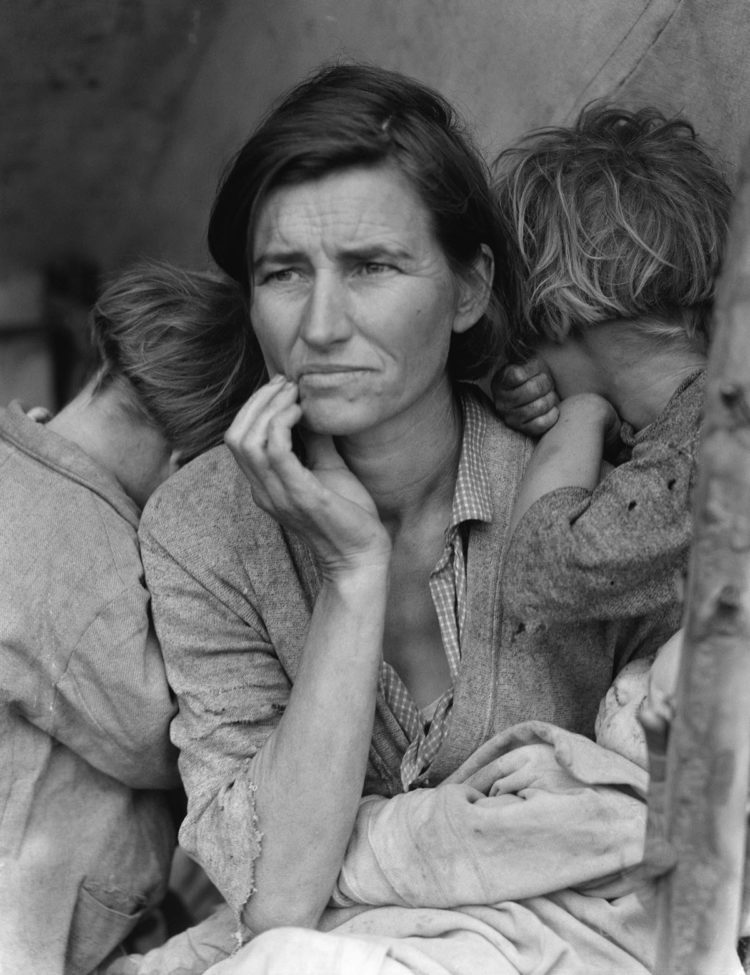
This iconic portrait of a woman and her children captured by American documentary photographer Dorothea Lange, is a testament to the harsh realities of the Great Depression. Through careful composition and lighting — note how she positions the family in an inverted triangular formation with the mother at its apex and the two children at her side — Lange conveys a powerful story of strength and resilience in the face of adversity.
After seeing this series of images from Lange documenting the Great Depression, the U.S. government sent 20,000 pounds of food to help ease the suffering.
Yousuf Karsh’s “Winston Churchill” (1941)
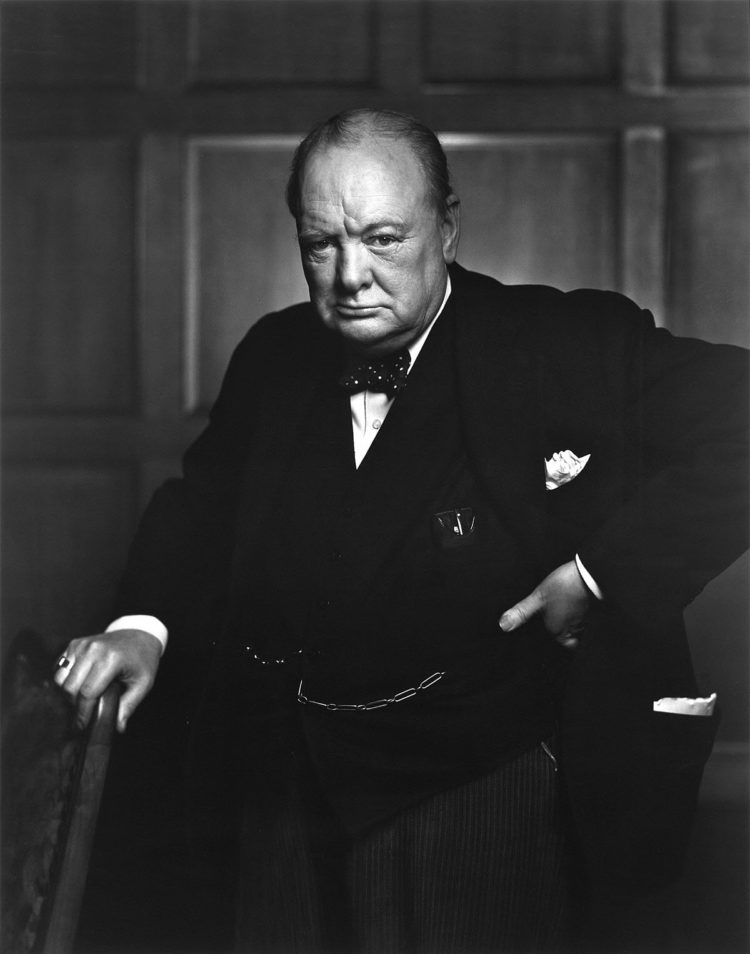
This iconic portrait of English statesman Winston Churchill was captured by Armenian-Canadian photographer Yousuf Karsh. Through clever composition, note the way he positions Churchill in front of a dark backdrop to draw attention to him, and strong lighting, illuminating the face and hands to create a dramatic effect — Karsh crafts an image that’s hard to forget.
This image changed the way political figures were photographed and it would become one of the most widely reproduced images in the history of photography.
Lewis Hine’s “Cotton Mill Girl” (1908)
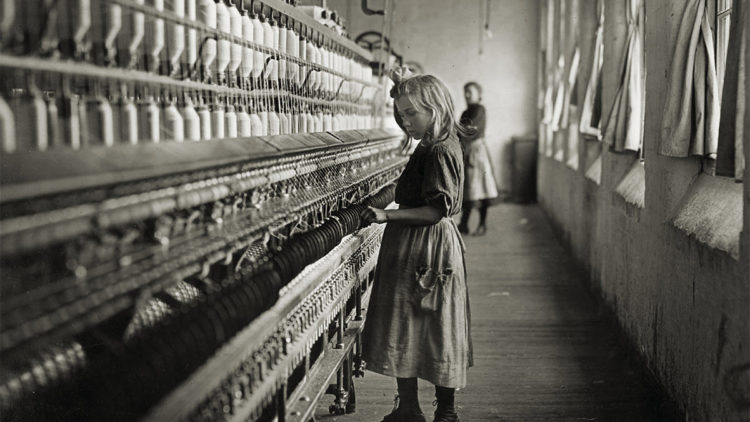
This iconic portrait of young Sadie Pfeifer in a cotton mill was captured by American photographer Lewis Hine. Hine’s image conveys a powerful story about child labor in America during industrialization. The clever use of light — note how he chose to highlight just the girl’s hands and face to draw attention to her — adds further depth to this poignant image which was part of a campaign that led to a change in legislation, protecting children from dangerous working conditions.
These examples underscore the potential of photography not just as a medium for capturing moments, but as a powerful narrative tool. By leveraging composition, lighting, perspective, and the use of series, these photographers have crafted images that resonate and engage, demonstrating the true power of storytelling in photography.
Truth in Imagery: Ethical Considerations in Photographic Storytelling
Storytelling in photography, like any form of communication, carries with it a responsibility to respect the truth and authenticity of the narrative. Photographers, as visual storytellers, have the power to influence how people perceive the world around them. Therefore, it is important to handle that power with care, particularly when dealing with sensitive subjects or contexts.
In the pursuit of a compelling narrative, it is essential not to distort or manipulate reality to such an extent that it misrepresents the truth. A photograph can easily be taken out of context, staged, or digitally altered to convey a different story, thereby leading to misinformation or misinterpretation. As photographers, we need to be aware of these potential pitfalls and strive to maintain the integrity of our work.
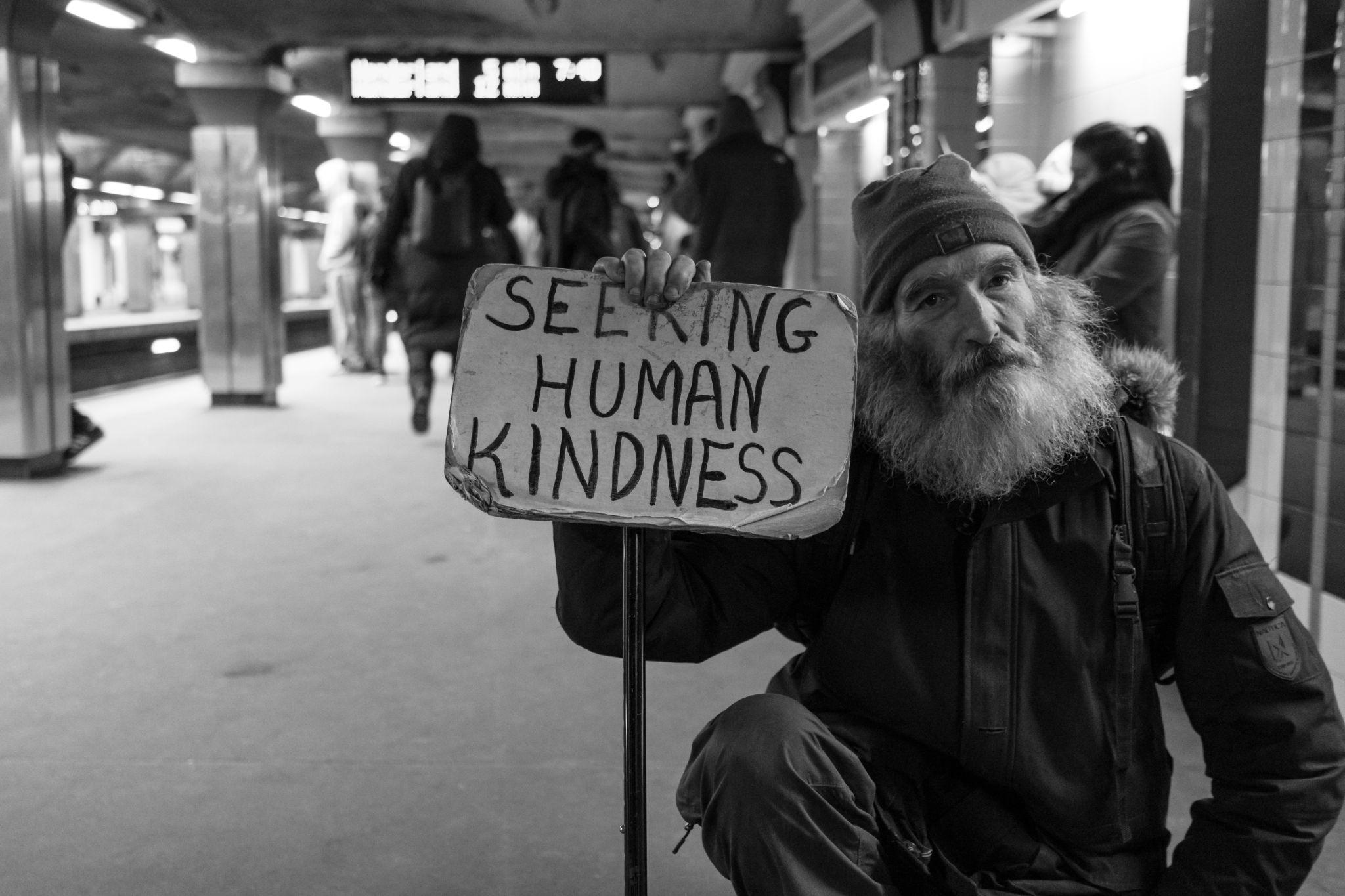
Moreover, we need to consider the implications of our photographic narratives on our subjects and viewers. A thoughtlessly taken or shared photograph can have unintended consequences, such as reinforcing harmful stereotypes, perpetuating discrimination, or causing distress to the individuals involved.
Ethical considerations in photographic storytelling are not just about adhering to professional standards or guidelines. They are about being responsible communicators, respecting our subjects, and valuing the truth. Through this, we can create narratives that are not only powerful and engaging but also respectful and authentic.
Your Visual Voice: Creating Your Own Photographic Story
Embarking on your photographic storytelling journey can seem daunting, but with a structured approach, you can transform your images into compelling narratives. Here are actionable steps to incorporate storytelling in your photography.
First, determine the story you want to tell. Start by identifying the subject of your narrative. It may be an event, a person, a place, or even an abstract concept. Once you’ve defined your subject, think about what you want to convey to your audience. What emotions or thoughts do you want to evoke? Answering these questions will give your photographic journey direction.
Second, consider the elements of your story. Look at how you can leverage composition, lighting, and perspective to enhance your narrative. Remember, every element in your frame contributes to your story. Use these tools to highlight the main subjects and direct your viewer’s attention.
Next, capture a variety of images. Don’t settle for just one photograph; shoot from different angles and perspectives. This not only provides a richer narrative but also allows more freedom in post-processing and sequencing. Ensure you capture wide, medium, and close-up shots to give a sense of the environment, context, and detail.
Finally, review and edit your images. This step is where your story truly comes to life. Select the images that best tell your story and arrange them in a logical sequence. Be mindful of the flow from one image to the next, ensuring there is continuity. During this process, you may realize that you need to reshoot certain images or capture additional ones to fill gaps in your story.
In your journey as a visual storyteller, remember to stay true to your unique style and voice. It’s your interpretation and vision that make your photographic stories unique and engaging. By practicing these steps, you’ll be well on your way to creating captivating visual narratives that resonate with your audience.
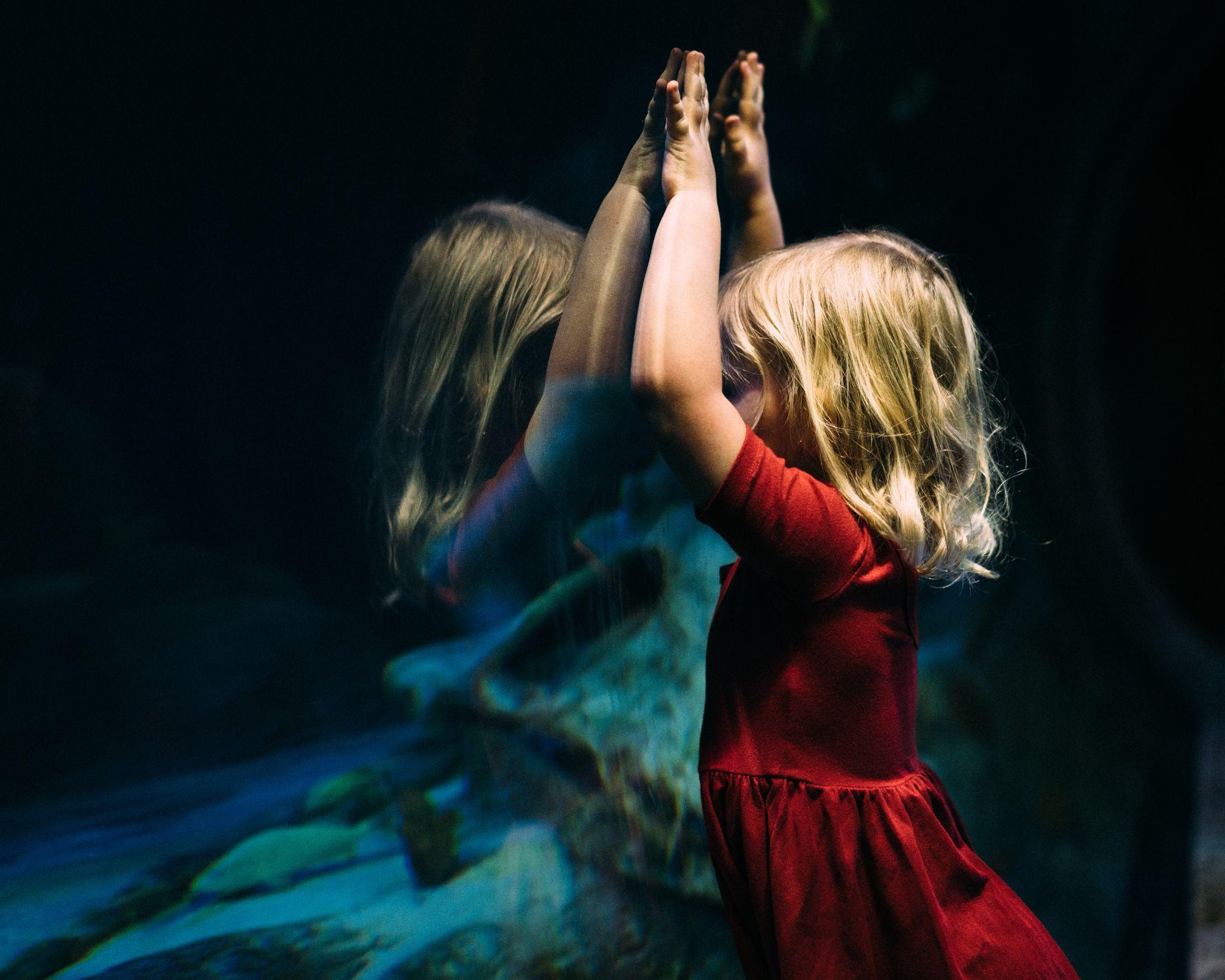
Conclusion: Embracing Storytelling as a Powerful Photographic Tool
In conclusion, storytelling in photography stands as an important device in your creative toolbox. By weaving narratives into your images, you tap into the inherent human love for stories, making your photographs more relatable, engaging, and memorable. It’s not just about creating visually pleasing photos; it’s about capturing moments and emotions that resonate, revealing a deeper understanding and connection to the world around us.
It’s important to remember that storytelling in photography is not confined to any specific genre. Whether you’re into portrait photography, landscape, street, or documentary — each photograph you take can tell a story. From the grandeur of a sprawling landscape to the quiet moments in a bustling city, every scene holds a narrative waiting to be told.
We encourage you to embrace storytelling in your photography. Experiment with composition, lighting, and sequencing to craft your narratives. Remember to stay truthful and respectful in your storytelling, acknowledging the significant impact your images can make. In doing so, you honor not only your subjects but also your audience, providing them with authentic and thoughtful narratives.
Finally, as you embark on this exciting journey, remember that storytelling in photography is a skill that improves over time. Each photograph you take is a step towards refining your visual voice. As you continue to practice and experiment with different storytelling techniques, you’ll find that your images start to hold deeper meanings, creating impactful narratives that truly resonate with your audience. Above all, enjoy the process of visual storytelling and let your passion for photography guide you.
